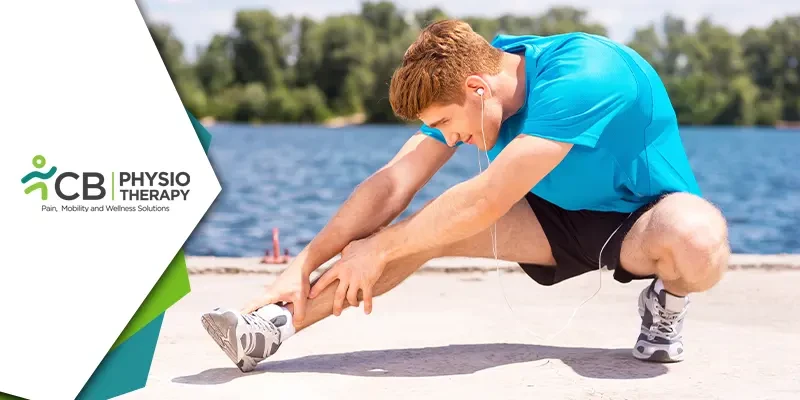High-intensity sports, such as sprinting, weightlifting, and high-intensity interval training (HIIT), are popular forms of exercise that have a significant impact on the musculoskeletal system. While these sports can provide numerous benefits, they can also increase the risk of injury and place significant stress on the body. Therefore, we should always consult a physiotherapist before doing these exercises. In this blog, we will explore the effects of high-intensity sports on the musculoskeletal system and how to minimize the risk of injury.
Benefits of High-Intensity Sports
High-intensity sports can provide numerous benefits to the musculoskeletal system. These sports are designed to push the body to its limits, which can lead to increased muscle strength, size, and endurance. High-intensity sports can also improve bone density, enhance joint stability, and increase flexibility and mobility.
High-intensity sports also provide cardiovascular benefits, as they require the body to work at a high level of intensity for short periods of time. This can improve cardiovascular health, increase metabolism, and improve overall fitness levels.
Endurance sports can help to strengthen muscles, tendons, and ligaments, which can help to prevent injuries and improve overall joint stability. Endurance sports also increase bone density, which can help to prevent osteoporosis and reduce the risk of bone fractures.
In addition to physical benefits, high-intensity sports can also provide mental benefits such as improved self-confidence, stress relief, and a sense of accomplishment. However, to achieve these benefits, it is important to perform high-intensity sports safely and appropriately.
Risks of High-Intensity Sports
While high-intensity sports can provide numerous benefits, they can also increase the risk of injury. High-intensity sports place significant stress on the musculoskeletal system, which can lead to overuse injuries such as tendinitis, muscle strains, and stress fractures. These injuries can occur when the muscles, tendons, and ligaments are subjected to the same motions and forces repeatedly over a long period of time.
High-intensity sports can also increase the risk of acute injuries such as sprains, strains, and dislocations. These injuries can occur when the body is pushed beyond its limits, such as when lifting a weight that is too heavy or performing a movement with improper form.
To minimize the risk of injury during high-intensity sports, it is important to properly warm up, stretch, and cool down. It is also important to gradually increase the intensity and duration of exercise over time, rather than jumping into high-intensity exercise without proper preparation, it is important to train properly and progressively, and to include cross-training exercises that strengthen the muscles that are not used as frequently in the sport. It is also important to consult a physiotherapist who can evaluate your body and develop an exercise regime according to the patient’s needs.
Proper technique is also important in preventing injury, as poor form can place undue stress on the musculoskeletal system.
In addition to injury risk, high-intensity sports can also lead to muscle soreness and fatigue. This soreness is caused by the breakdown of muscle fibers during exercise, which can lead to inflammation and pain. This soreness typically resolves within a few days and is a normal response to high-intensity exercise. However, if the soreness lasts longer than a few days or is accompanied by severe pain, it may indicate an injury and medical attention should be sought.
Effects on Specific Musculoskeletal Structures
High-intensity sports can have specific effects on the musculoskeletal system, depending on the type of sport and the specific movements involved. For example, weightlifting can lead to increased muscle size and strength, particularly in the upper body and legs. However, weightlifting can also place significant stress on the joints, particularly the shoulders, elbows, and knees.
Sprinting can also have a significant impact on the musculoskeletal system. Sprinting requires significant power from the lower body, which can lead to increased muscle size and strength in the legs. However, sprinting can also place significant stress on the hamstrings and other muscles involved in running, increasing the risk of injury.
HIIT, which involves short bursts of intense exercise followed by periods of rest, can provide numerous benefits to the musculoskeletal system. HIIT can increase muscle size and strength, improve bone density, and enhance joint stability. However, HIIT can also increase the risk of injury

